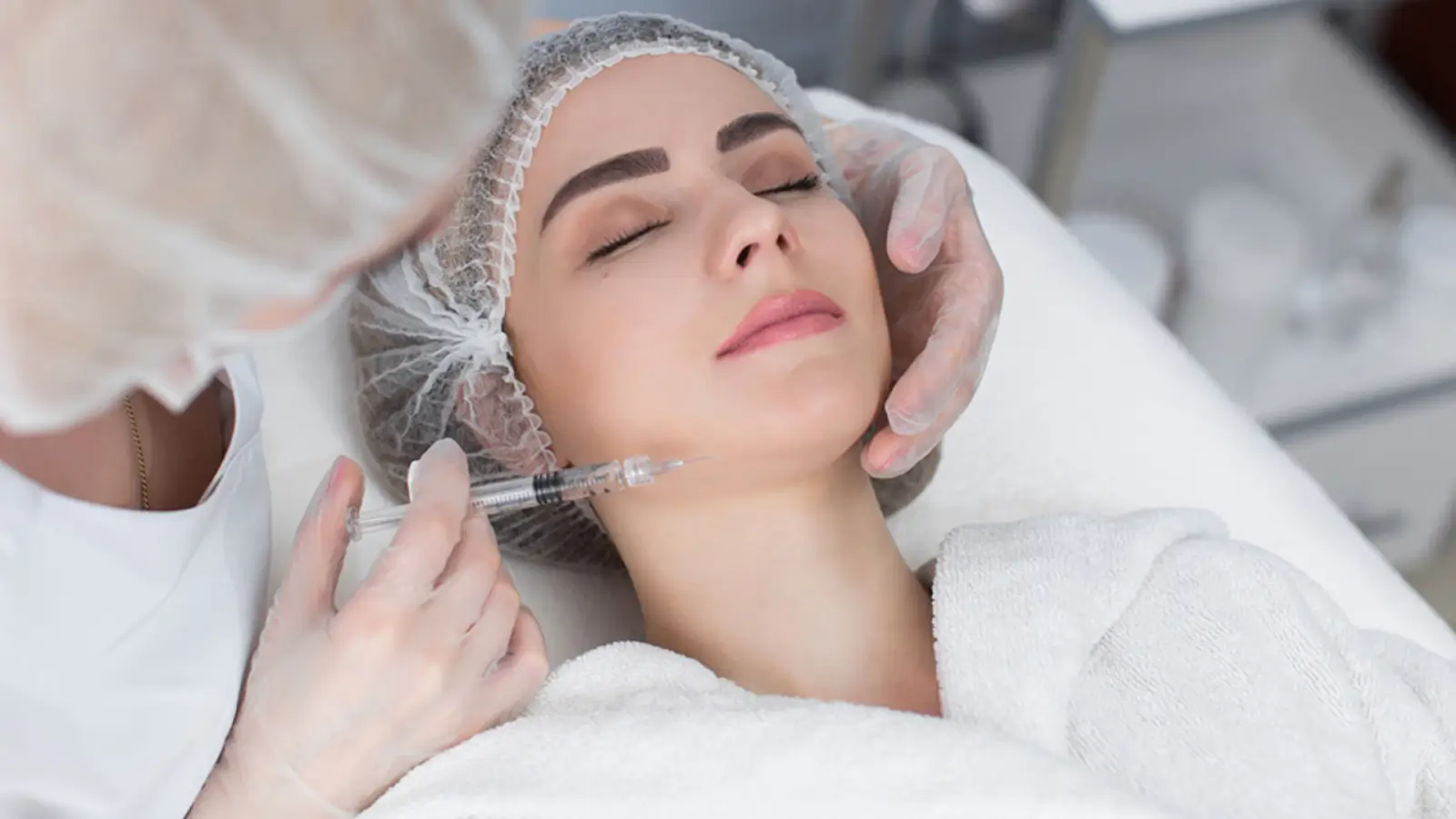
The longevity of dermal fillers varies based on several factors, including the type of filler, injection technique, and individual metabolism. While most fillers gradually break down over time, proper aftercare—such as staying hydrated and protecting the skin from sun exposure—can help extend their effects. Understanding the duration of a filler’s results allows patients to plan follow-up treatments accordingly.
Intraline fillers have become a preferred option for those seeking natural-looking facial rejuvenation. Made with cross-linked hyaluronic acid, these fillers offer long-lasting volume, contouring, and wrinkle reduction. Knowing how long they last can help patients manage expectations and maintain their desired aesthetic.
In this article, we’ll explore how long Intraline fillers last, the factors that influence their duration, and the best ways to maintain results.
Key Takeaways
- Fillers break down faster in high-movement areas like the lips, while more stable areas, such as the cheeks, retain results longer.
- Factors like skin type, age, lifestyle habits (e.g., smoking, sun exposure), and injection technique influence filler longevity.
- Regular touch-ups every 6–18 months help maintain optimal results based on the treatment area.
- A consultation with a qualified practitioner ensures a personalized maintenance plan for long-lasting effects.
- Proper aftercare, including hydration and sun protection, extends the effectiveness of Intraline fillers for smoother, youthful skin.
About: Doctor Medica is your trusted supplier of top-quality dermal fillers, viscosupplements, and more for your medical practice. We offer genuine products from leading brands at the lowest prices. Contact Doctor Medica today to order Intraline Dermal Fillers or Threads online.
Duration of Results

The duration of Intraline fillers varies depending on the product formulation and treatment area. On average, results last between 6 to 18 months, but certain factors influence longevity.
- Hyaluronic Acid Content: Intraline fillers are made with cross-linked hyaluronic acid (HA), which affects how long they remain effective. Higher cross-linking increases durability.
- Treatment Area: Fillers in high-movement areas (e.g., lips) break down faster, while those in less mobile areas (e.g., cheeks) last longer.
- Metabolism Rate: Individuals with a faster metabolism break down HA fillers more quickly, leading to shorter-lasting effects.
Patients looking for a more in-depth analysis of filler performance can explore Intraline filler reviews for firsthand experiences and before-and-after results.
Factors Affecting Duration

Several factors influence how long Intraline fillers last. While the product formulation is important, individual habits and physiological differences also play a key role.
- Skin Type & Age: Mature skin with lower collagen levels may metabolize fillers more quickly than younger skin.
- Lifestyle Habits: Smoking, excessive sun exposure, and dehydration can accelerate filler breakdown.
- Injection Technique: Precise placement by a skilled injector ensures even distribution and longer-lasting results.
- Aftercare Routine: Proper post-treatment care—such as minimizing facial movement, staying hydrated, and avoiding excessive sun exposure—helps extend filler longevity.
By understanding these factors, patients can take steps to maximize their results and maintain smoother, youthful-looking skin for longer.
Maintenance and Touch-Ups
Periodic touch-ups are recommended to maintain the best results. The timing of follow-up treatments depends on the type of filler and individual patient response.
- Lips: Touch-ups every 6–9 months to maintain shape and volume.
- Cheeks & Jawline: Results typically last 12–18 months, with minor adjustments as needed.
- Nasolabial Folds & Marionette Lines: Touch-ups every 9–12 months to prevent deepening of lines.
A consultation with a qualified practitioner helps determine the ideal maintenance schedule based on personal goals and treatment areas.
Conclusion
The longevity of Intraline fillers varies based on factors such as skin type, lifestyle, and the treatment area. On average, results last between 6 to 18 months, with proper aftercare and periodic touch-ups helping to extend their effects. To maintain optimal results, patients should collaborate with their practitioners to develop a personalized maintenance plan.
Additionally, exploring reviews and looking at before-and-after comparisons can offer valuable insights into real patient experiences, helping individuals set realistic expectations for their treatment outcomes.
FAQs
1. How long does Intraline filler last in the lips?
Lip fillers typically last 6 to 9 months, as the area moves frequently, leading to faster HA breakdown. Regular touch-ups help maintain volume.
2. Can Intraline fillers last longer with proper aftercare?
Yes, avoiding excessive sun exposure, staying hydrated, and following post-treatment guidelines can help prolong results.
3. Do different Intraline fillers have different durations?
Yes, fillers with higher cross-linking and thicker consistency last longer, especially in areas with less movement like the cheeks.
4. When should I schedule a touch-up for my filler?
Most patients benefit from touch-ups every 6 to 12 months, depending on the treatment area and how their body metabolizes the filler.
References
Lindberg S. How long do Dermal fillers last? Healthline. Published February 21, 2020. https://www.healthline.com/health/how-long-does-filler-last
Longevity of Dermal fillers: Understanding durability and maintenance. Pristyn Care. Published September 5, 2023. https://www.pristyncare.com/blog/longevity-of-dermal-fillers/
Related Articles
Joanna Carr
The Complete Guide To Mesotherapy Skin Rejuvenation Treatment
Interested to learn more about The Complete Guide To Mesotherapy Skin Rejuvenation Treatment? Browse Doctor Medica's comprehensive listing of blog pos...
Joanna Carr
Crespine Gel FDA Approval Status
Learn about Crespine Gel's FDA approval status—understand its regulatory standing, safety profile, and what it means for joint pain treatment options.
Joanna Carr
Biorepeel Aftercare – Ensure Best Results
Following the proper aftercare for Biorepeel treatment is crucial for enhancing outcomes and reducing potential side effects.


